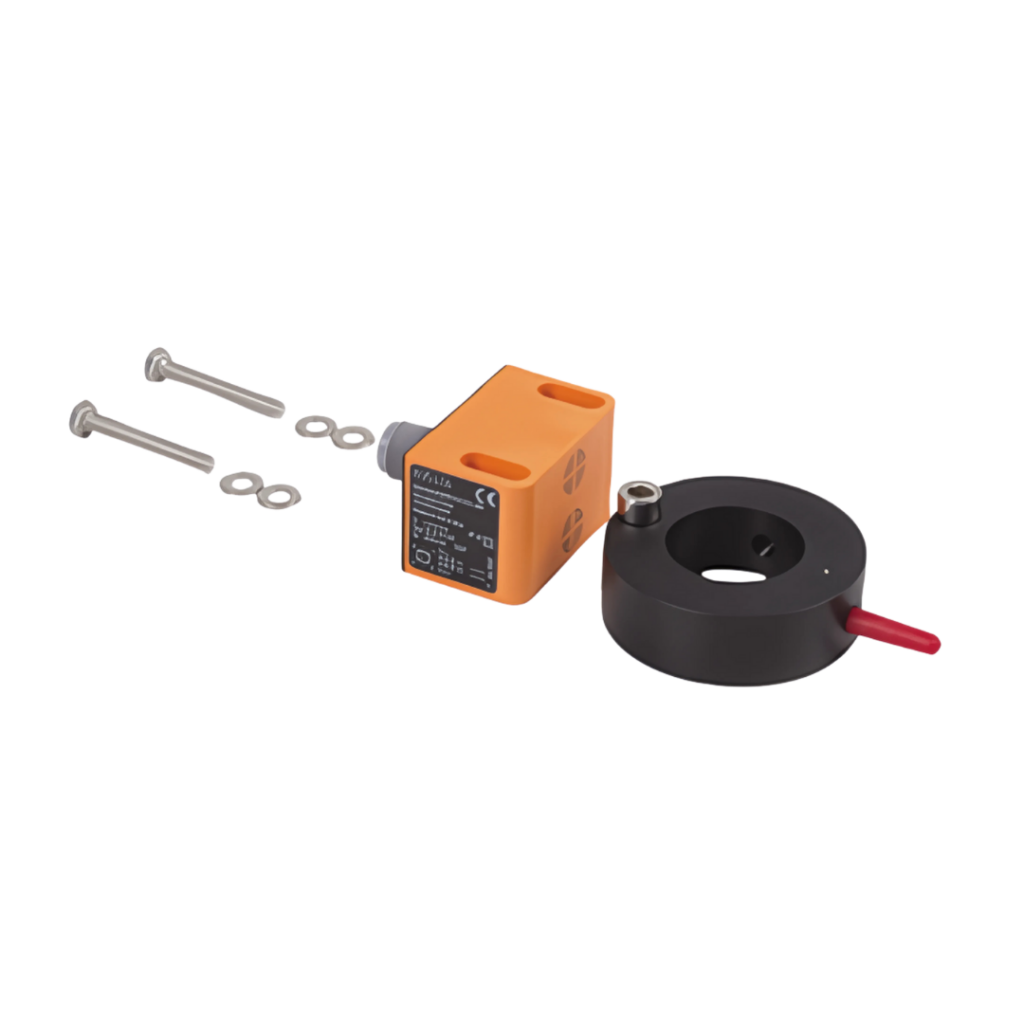Operating principles
Micro-switch
Mechanically activated by a roller leaf, this electromechanical device requires physical contact to engage and sends an electrical signal to indicate valve positions as an on/off digital signal. The Micro-switch is distinguished from other sensor principles because the electrical circuit can operate at higher voltages that exceed 24VDC, or work with AC alternating voltages.
Inductive proximity sensor
This non-contact proximity sensor consists of an oscillator, which creates high-frequency electromagnetic fields that radiate from the sensing face. Each time a conductive metal (damping target) approaches the sensor, it reduces the electromagnetic field, thus changing the voltage of the oscillator. A trigger circuit converts this analog signal into an on/off digital signal and amplifies the output to 24VDC.
Hall proximity sensor
This non-contact proximity sensor consists of a Hall transistor, convert this Hall sensing into an on/off digital signal and amplifies the output to 24VDC . The sensor indicates the valve position by using a magnetic field (North Pole) to measure the distance from the relative position of the indication pin on the valve stem.
Namur sensor
NAMUR is most associated with two wire DC proximity sensors. Such sensors must be wired to isolator barriers or intrinsically safe devices in order to be used in hazardous environments. The NAMUR proximity sensor’s operation is similar to that of a variable resistor. As a metal target approaches the face of the NAMUR sensor, a change in impedance in the sensor occurs and, therefore, the current draw of the sensor is reduced. This triggers the galvanic isolator’s amplifier, which activates the isolator’s switch and thereby into an on/off digital output signal to the PLC system.
Options
Sensors with and without fixed cable and side indicators with M12, 5-pin plug connectors, including the plug counterpart, are available for connection to AC/DC power supply.



